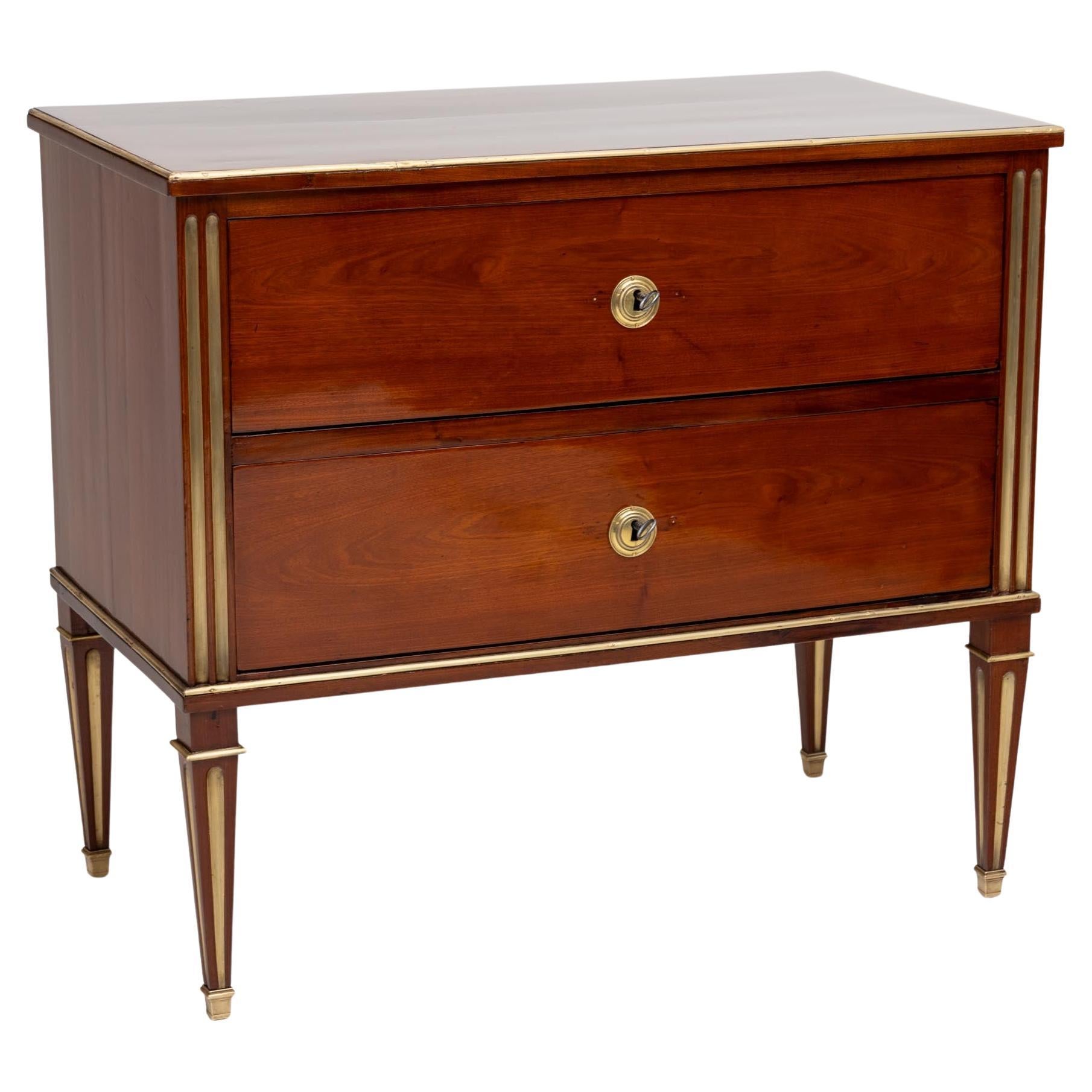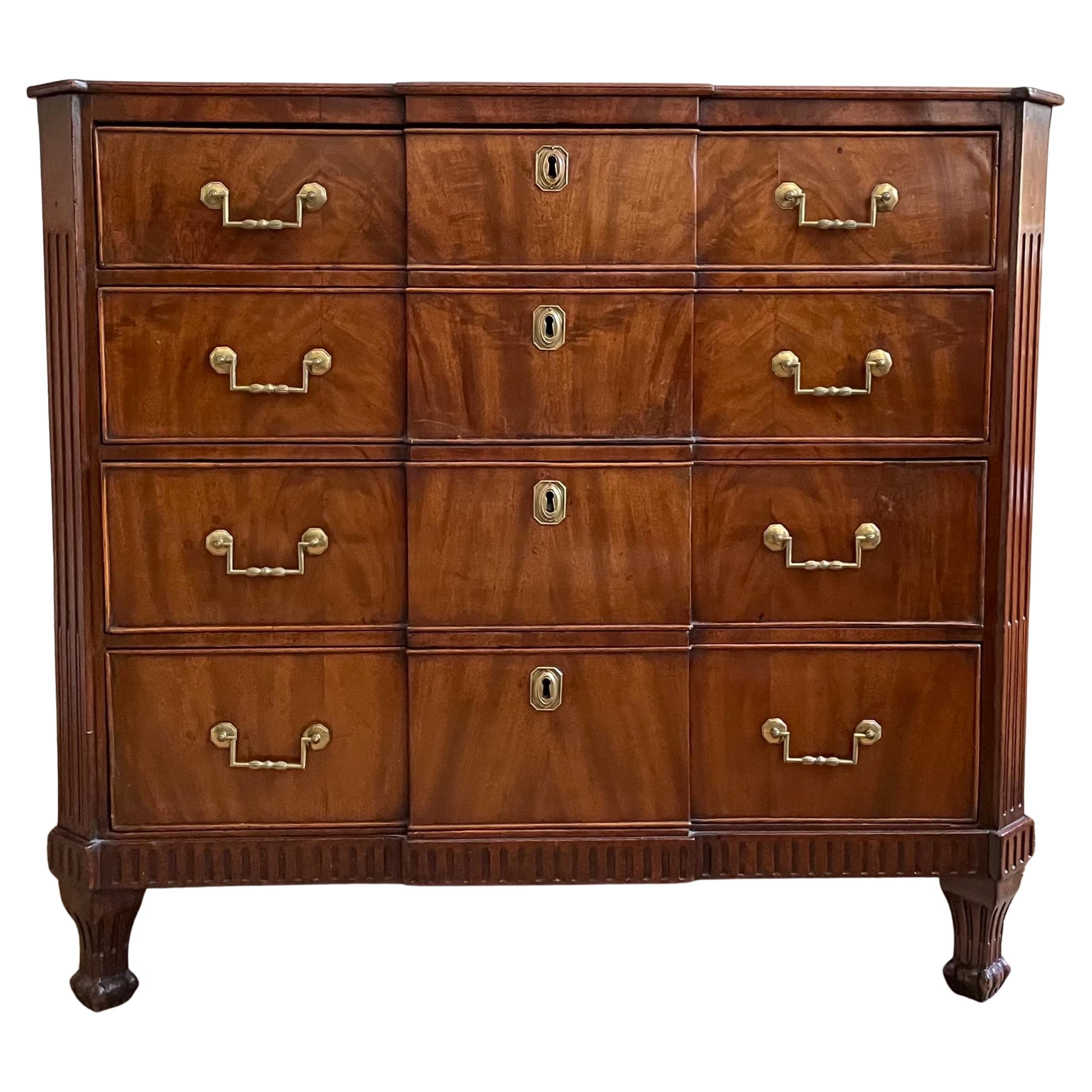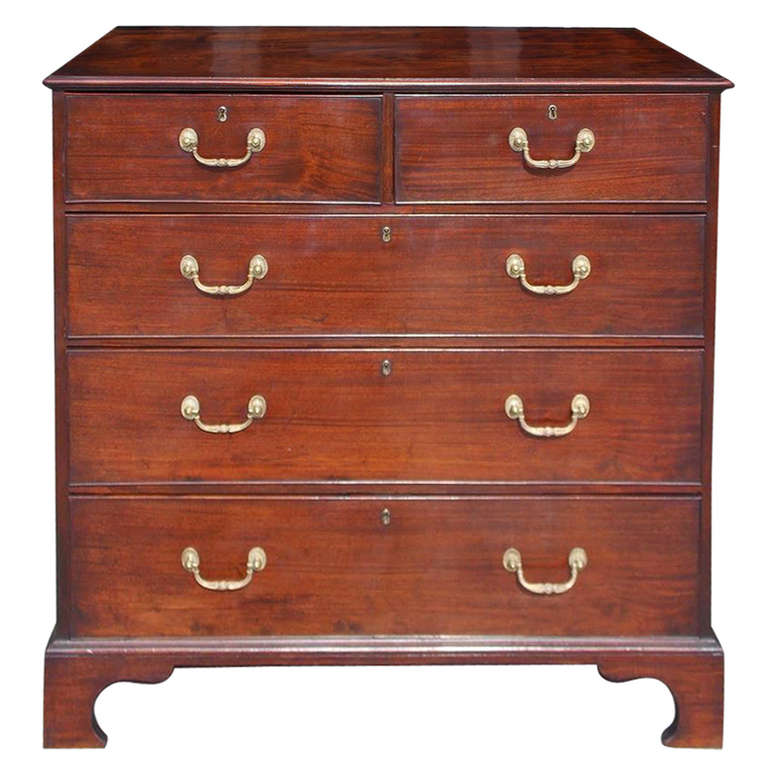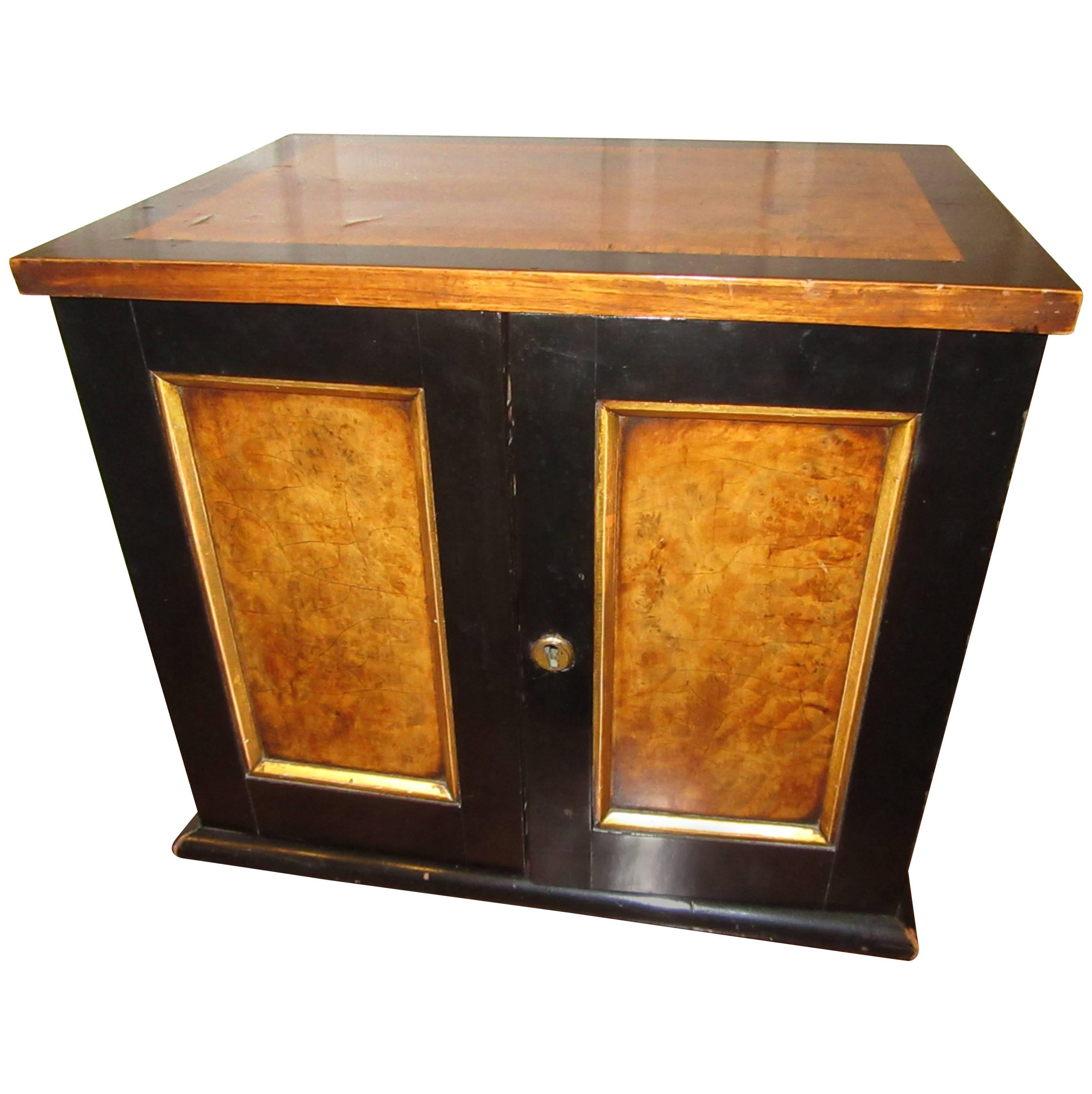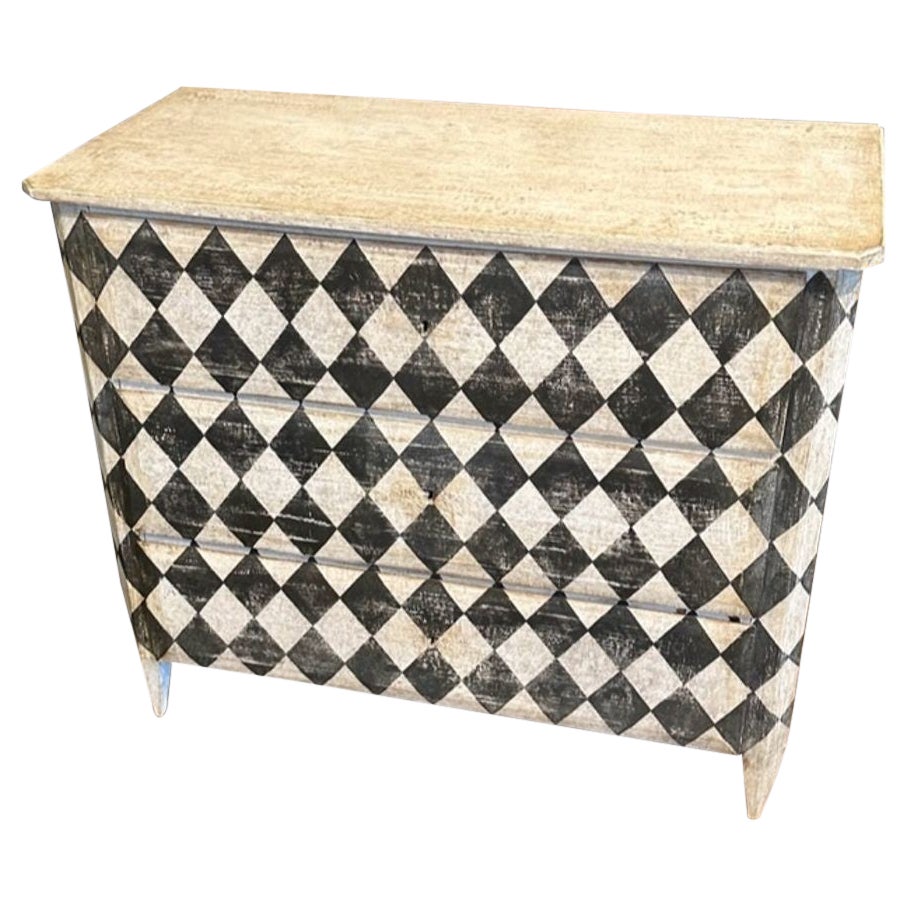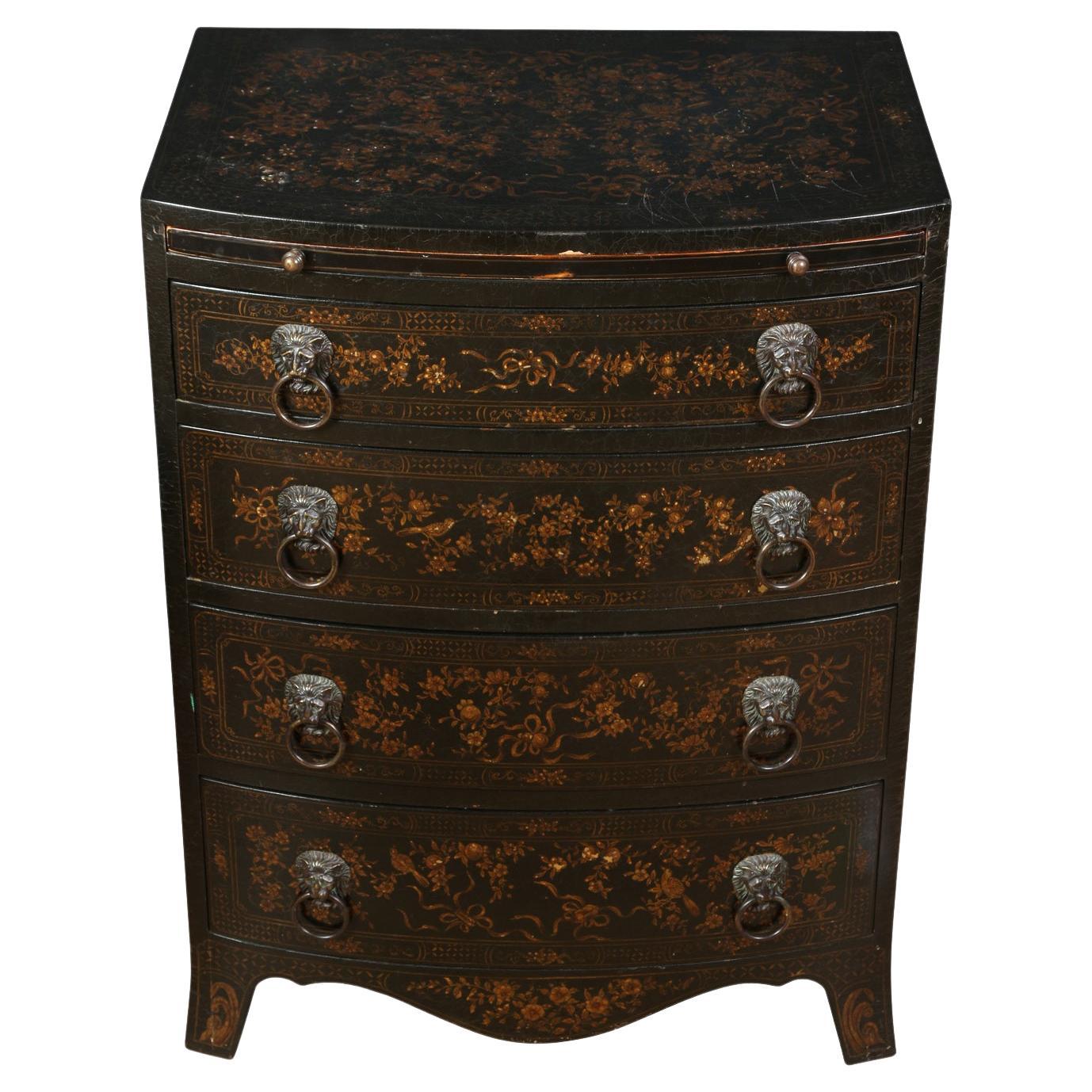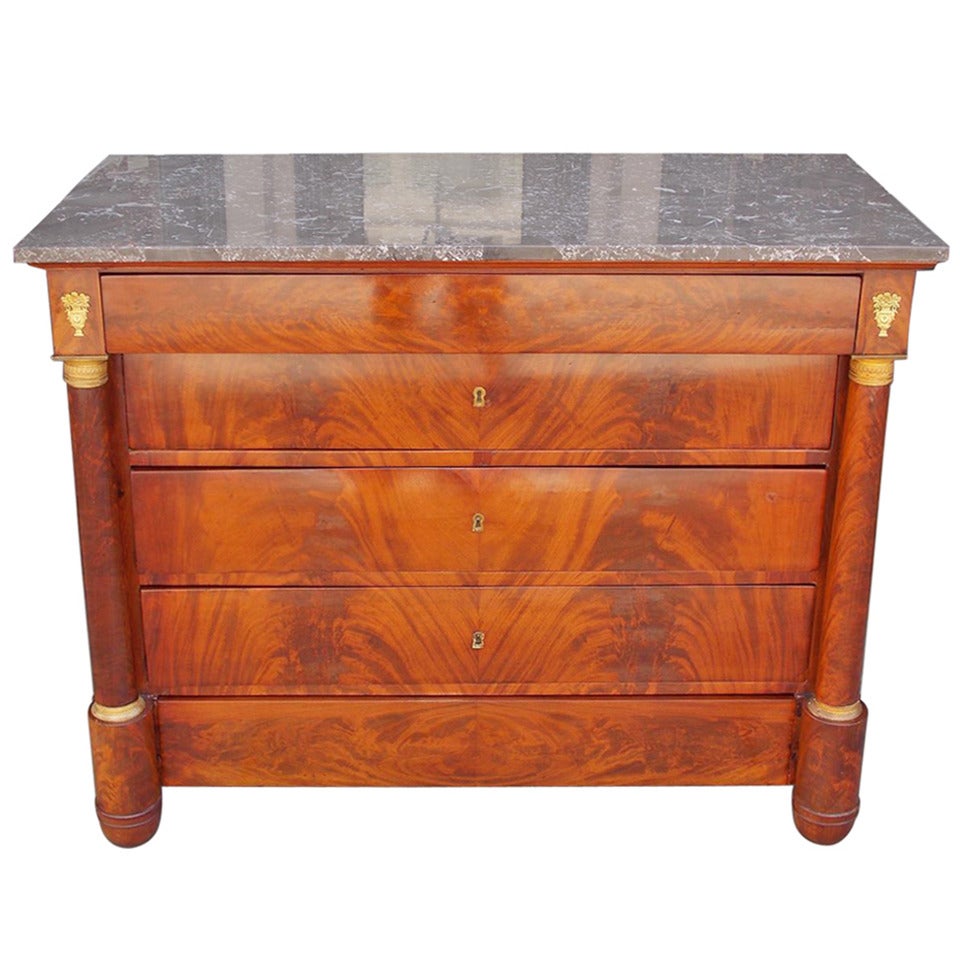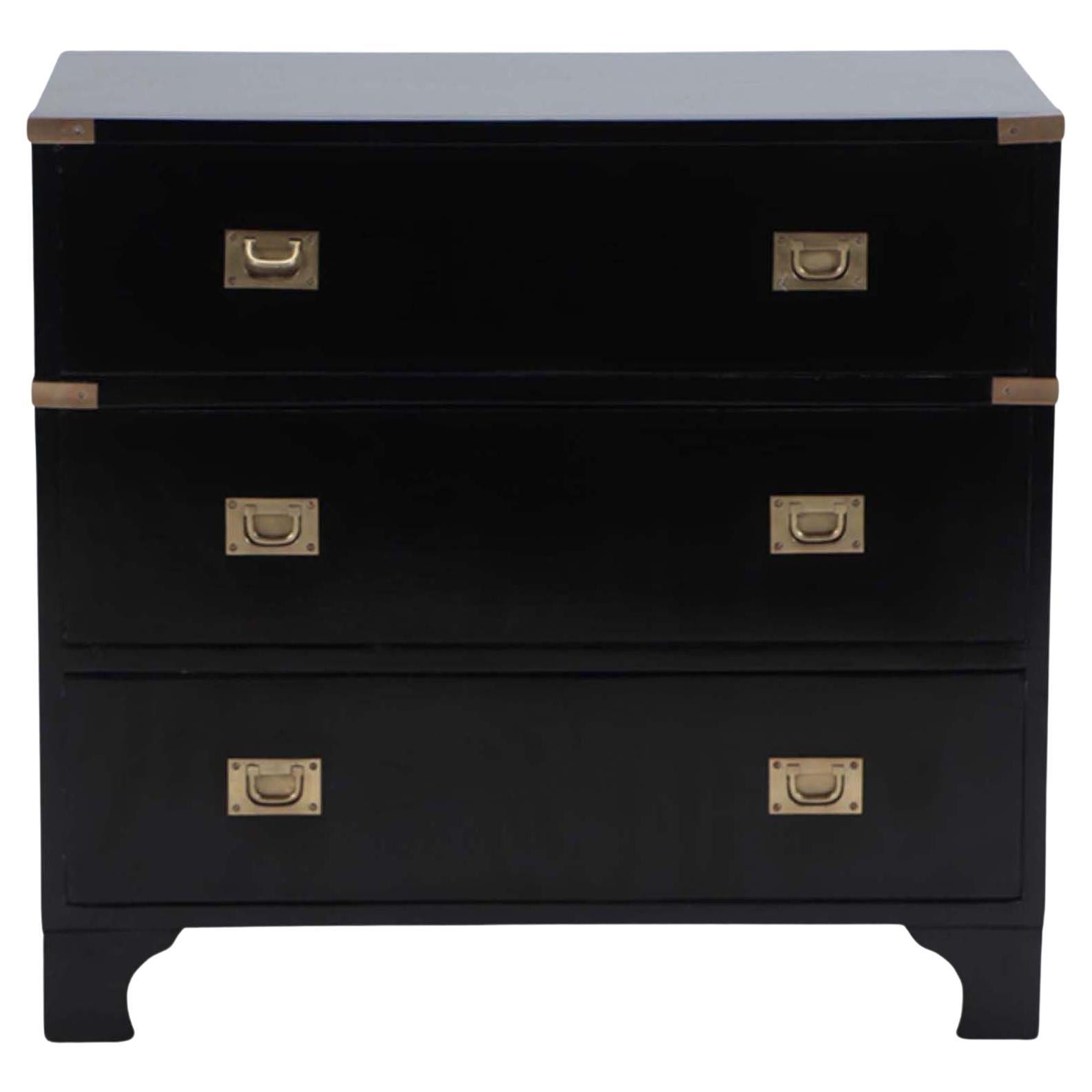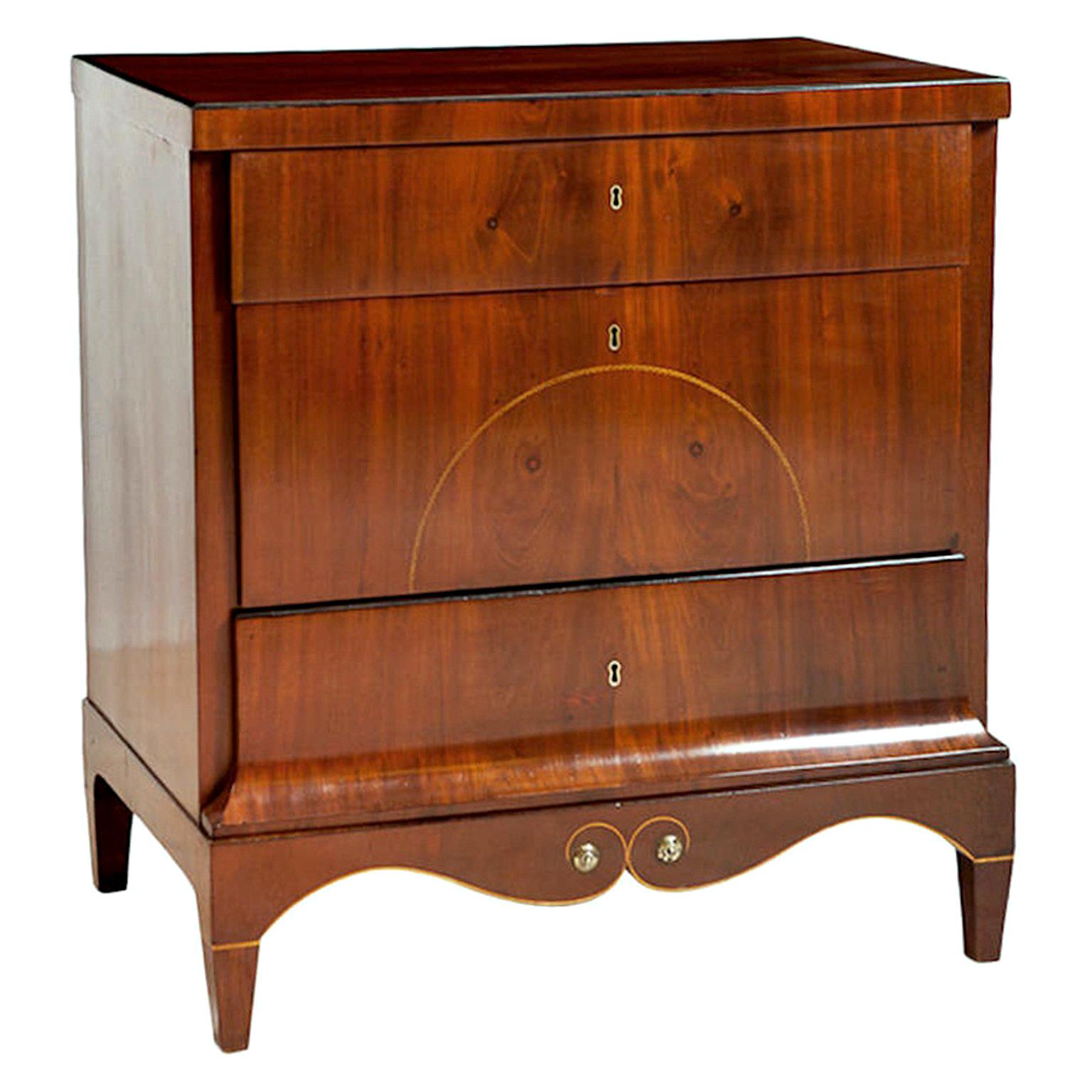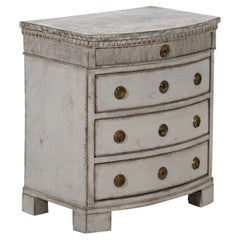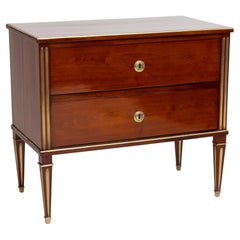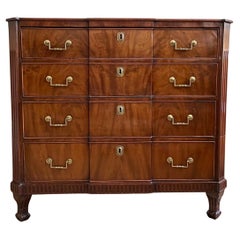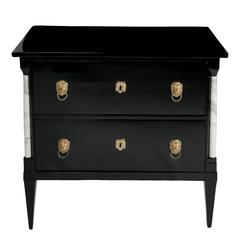
Baltic Ebonized Chest, circa 1810
View Similar Items
1 of 7
Baltic Ebonized Chest, circa 1810
About the Item
- Dimensions:Height: 30 in (76.2 cm)Width: 33.25 in (84.46 cm)Depth: 18 in (45.72 cm)
- Style:Neoclassical (Of the Period)
- Materials and Techniques:
- Place of Origin:
- Period:
- Date of Manufacture:1810
- Condition:Wear consistent with age and use.
- Seller Location:San Francisco, CA
- Reference Number:Seller: 200011stDibs: LU79047901593
You May Also Like
- Scandinavian Chest, circa 1810Located in Aalsgaarde, DKCharming Scandinavian chest, richly carved, with original lock, circa 1810.Category
Antique 19th Century Commodes and Chests of Drawers
MaterialsWood
- Neoclassical Chest of Drawers, German circa 1800/1810Located in Greding, DENeoclassical chest of drawers with two drawers and brass profiles. The pilaster strips are fluted and also accentuated in brass. The chest of drawers stands on square pointed feet wi...Category
Antique Early 1800s German Neoclassical Commodes and Chests of Drawers
MaterialsBrass
- Baltic Commode, Circa 1800Located in New York, NYThis mahogany commode has the fluted rails and canted corners typical of case furniture made along the coasts of the Baltic and North Seas around 1800. More difficult to pinpoint, however, is the exact place of its making, since this geographical region stretches from Germany to Russia, and north from Poland to Scandinavia. That said, a strikingly similar, if slightly plainer commode in a private German collection bears an old paper label that identifies it as having been made in the city of Altona. It also bears the seal of King Christian VII of Denmark who reigned until 1808. At the time, Altona was in the independent Duchy of Schleswig-Holstein, located between Denmark and Prussia. Both nations tried to annex the Duchy, and in 1848 it was ceded to Prussia, which became part of Germany in 1871. A North Sea port, Altona was a member of the Hanseatic League, an association of seaports that was established in the 14th century to foster trade and police the high seas. Around 1800, the aforementioned King Christian of Denmark, who was also the Duke of Schleswig-Holstein, allowed Jews to freely settle in Altona to increase the tax base. This allowed them to conduct business in neighboring Hamburg, a larger financial hub that maintained quotas. The prosperous Jewish families of Altona built villas there, and decorated them with furnishings that were made locally and imported. Many of those makers owned copies of furniture-pattern books, which were widely disseminated among these seaports, accounting for the difficulty in determining if a piece was made in Altona, Stockholm, or St. Petersburg. We can’t trace our commode to a Danish king or a known Altona merchant, but we can link it to the New World empire builders...Category
Antique Early 1800s German Neoclassical Commodes and Chests of Drawers
MaterialsBrass
$20,000 - Inlaid Chest of Drawers, England circa 1810Located in Culver City, CAInlaid Chest of Drawers England circa 1810 Decorative chest with inlay to the top, sides and drawer front on reeded legs. 47.25”L x 25.75”d x 30.25”hCategory
Antique 19th Century English Commodes and Chests of Drawers
MaterialsWood
- English Chippendale Mahogany Chest of Drawers, Circa 1810Located in Hollywood, SCEnglish Chippendale mahogany graduated five drawer chest with original brasses and terminating on bracket feet. Early 19th Century.Category
Antique 19th Century British Chippendale Commodes and Chests of Drawers
- Baltic Karelian Birchwood Collectors ChestLocated in Mt Kisco, NYA small chest of five drawers with brass pulls behind paneled doors.Category
Antique 19th Century Baltic Commodes and Chests of Drawers
MaterialsBirch

